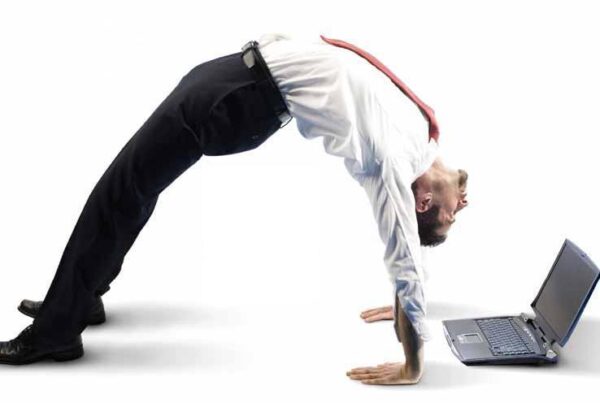Especially through the recent pandemic, cycling has becoming an increasingly popular form of exercise for its low impact cardio benefits, engaging classes, and easy at-home use. While cycling can be a great choice to stay fit, it also is a form of exercise that is highly repetitive and can over stress some areas of the body leading to pain. For example, if one person is cycling three times a week for 60 minutes, that can easily reach over 14,000 revolutions per week. That’s a lot of activity!
So what can you do if you are experiencing pain?
1. A large portion of cycling injuries manifest at the knee or at the hip, but cycling has also been known to contribute to various other types of pain such as low back, ankle, neck, shoulder, and even wrist. The first thing we can look at is the setup of the bike. No two bodies are exactly alike, so bike setup may be slightly different for every person. Having back or wrist pain? Try raising the handle bars. Having knee or hip pain? Try raising the seat height. Try modifying one variable at a time to see if that changes your pain.
2. Change your speed and resistance level. Higher speeds will cause more repetitiveness on your joints and muscles, but slower speeds may indicate too much strain applied to a limb and compress the articular cartilage of your joints. Short intervals of high and low speeds may be fine, but aim for a cadence between 70-80 revolutions per minute (RPM).
3. Maintain a good stretching regimen. The iliopsoas (a muscle in the front of your hip) and the hamstrings (the muscles along the back of your thigh) can get especially tight with lots of cycling because they are in shortened positions throughout the workout. Having good flexibility of these muscles can help reduce tension in your hips, back, and knees both on and off the bike.
Tried these tips and still experiencing pain? Physical therapy can help!
During evaluations, our physical therapists look at range of motion, isolated strength, neuromotor control, muscle length, and a variety of other factors that may be contributing to ongoing pain. Our programs can target specific deficits and muscle imbalances to manage pain and help reduce recurrence in the future.
Happy cycling!



